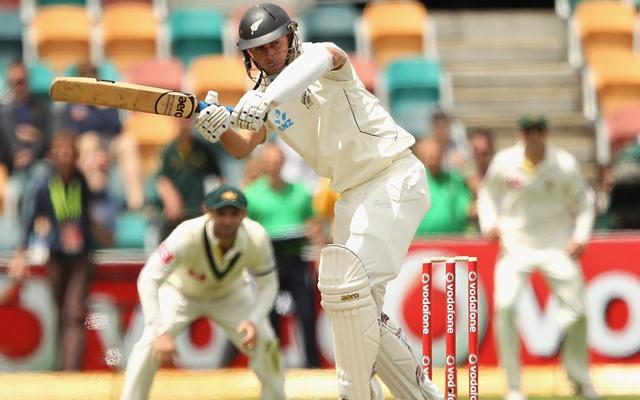5 players who took more wickets than the runs they scored in Test cricket
Bowlers are seldom known for their batting abilities but these gentlemen were exceptional bowlers and rather free wickets for the opponents.
View : 1.2K
3 Min Read


Every team expects their lower-order to add a few runs and their top order batsmen to chip in with a couple of overs whenever they are desperate for a break-through. However, a few bowlers are far from being handy contributors and are free wickets for the oppositions. Some of them have scored fewer runs than the number of wickets they grabbed. Here we look at the top five players who had the highest difference between the wickets they took and the runs they scored in Test cricket. (Players with 25+ wickets)
5. Bert Ironmonger (Difference – 32):
Ironmonger, Australia’s left-arm bowler made his debut at the age of 45, bagged 74 wickets in just 14 Test matches he played in the 1930s. He took those wickets at an average of 17.97 but his run-scoring average was just 2.62. The left-hander could only manage 42 runs in the 21 innings, 32 less than the number of wickets he took. Ironmonger nearly took more wickets than the runs he scored in first-class cricket as well where he finished with 476 runs and 464 wickets.
4. Jack Saunders (Difference – 40):
Saunders, another left-arm bowler from Australia makes an appearance in the list having scored only 39 runs in 23 innings he batted in Test cricket. The left-arm spinner was the toughest to deal with in conditions that suited his bowling. Saunders played only 14 Test matches but ended up taking 79 wickets, twice the number of runs he scored. He averaged 22.73 with the ball and took four and more wickets in an innings on 12 occasions.
3. Bill Bowes (Difference – 40):
Bill Bowes, the first-class giant’s Test career was cut short to 15 games across 15 years due to the 2nd World War. However, the England pacer made most out of the games he got to play and finished with 68 wickets at an average of 22.33. But with the bat, he managed to score only 28 runs in 11 innings, less than half of the total wickets he bagged. Bowes had a similar finish to his FC career as he took 1639 wickets but scored only 1531 runs without a single fifty in his 372-match career.
2. Bhagwath Chandrasekhar (Difference – 75):
Chandrasekhar was a member of India’s spin quartet during the 1960s and 1970s. It was the spin department that helped the team produce some historic Test victories early on. He transformed his disabled right-arm to become one of the most acclaimed leg-spinners in the history. However, he wasn’t blessed with equally good batting skills as he averages just over four having scored 167 runs in 80 innings. In his 58-match Test career, Chandra took 242 wickets at an average of 29.74.
1. Chris Martin (Difference – 110):
Chris Martin is one cricketer who was absolutely famous for his ability to bag ducks. The New Zealand pacer was the team’s lead bowler in the 2000s and he took 233 wickets in his 71-match career. However, with the bat, Martin averaged just 2.36 and scored 110 runs less than the number of wickets he took in Test cricket. He scored only 123 runs in 104 Test innings which includes 36 ducks. Martin scalped more wickets than the runs he scored in ODIs, T20Is and also in first-class, List A and T20s.
For all the latest cricket news and other updates follow CricTracker.
Download Our App